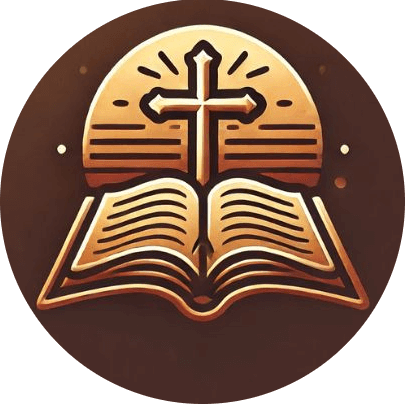Bonifacio and the Zealots: What did They have in Common?
Bonifacio Day is a holiday celebrated in the Philippines annually on November 30 to commemorate the birth of Andres Bonifacio, a Filipino nationalist, patriot and one of the original founders of KKK (Kataas-taasan, Kagalang-galangang Katipunan ng mga Anak ng Bayan) or simply called Katipunan. The Katipunan is a secret movement devoted to fighting the Spanish … Read more

